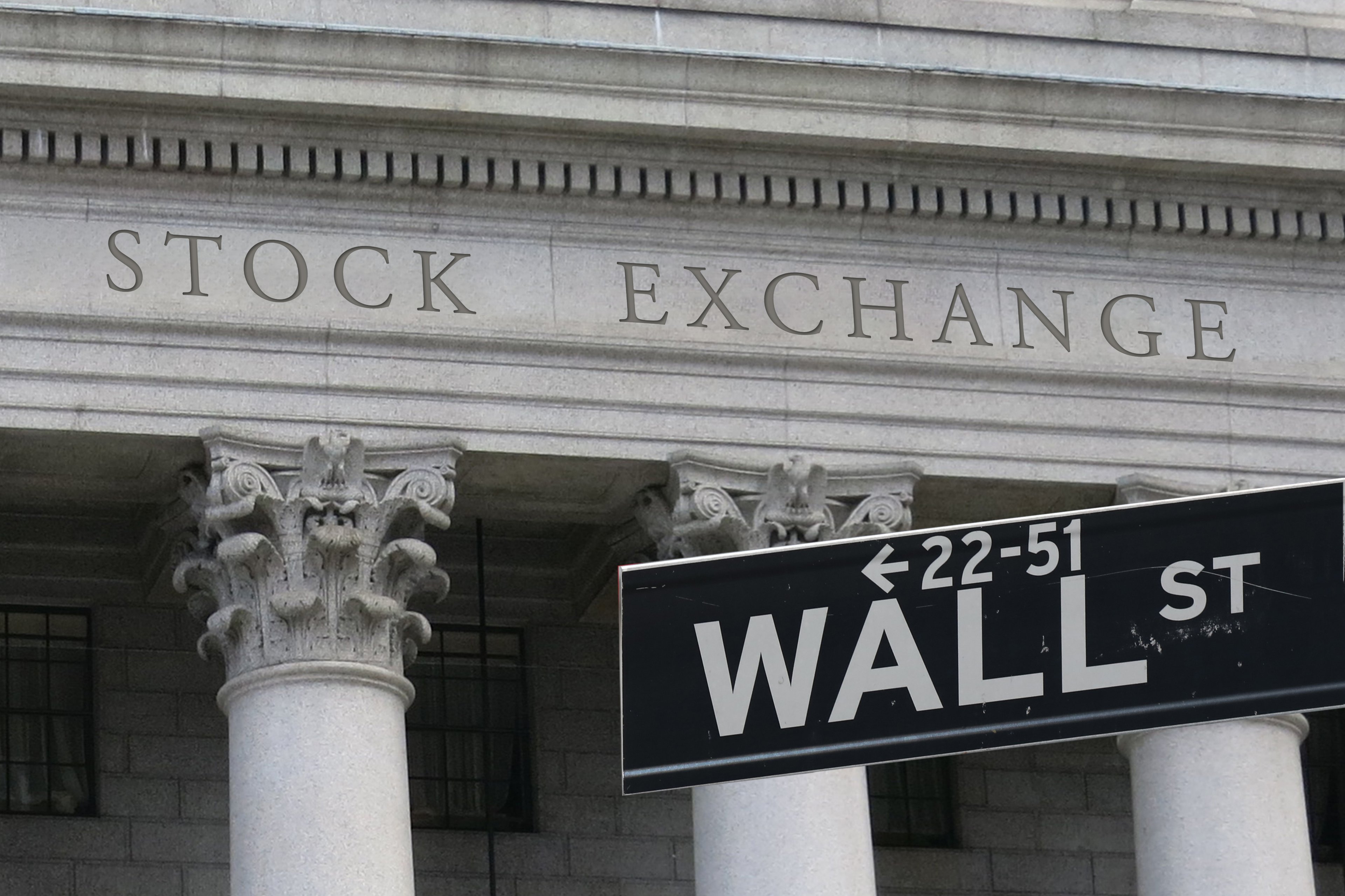Recently, all of the major U.S. banks had their Comprehensive Capital Analysis and Review (CCAR) with the Federal Reserve. The CCAR, also known as the "stress test," was instituted as part of the Dodd-Frank regulations after the 2008 Great Recession. Large U.S. banks must pass these tests, which show how a similar downturn might affect their respective balance sheets, annually. If banks pass, they are allowed to return some or all of their earnings in the form of dividends or buybacks to their shareholders.
JPMorgan Chase & Co. (JPM 4.19%), the largest U.S. bank, has already been returning plenty of cash to shareholders, but after passing this year's test, that payout is set to increase. Here's what JPMorgan shareholders can look forward to in the upcoming year.

JPMorgan Chase & Co. is boosting its buybacks and dividends. Image source: Getty Images.
A 12.5% dividend boost and almost $30 billion in buybacks
As part of its capital return program, JP Morgan announced it would be raising its dividend from $0.80 to $0.90, an increase of 12.5%. In addition, the company will increase its share repurchase authorization to $29.4 billion, which will be implemented between July 2019 and June 2020.
That's a lower dividend hike versus the massive 40% dividend boost the company gave shareholders last year, although the new buyback program is more than 40% higher than the $20.7 billion share buyback program announced last year.
The share repurchase amount is more than 8% of JPMorgan's current market capitalization. When taken together with the roughly $3 billion in dividends based on the current 3.24 billion share count, the total return of capital will amount to nearly 9% of today's stock value.
In a world of 2% yields on 10-year Treasury notes, that 9% total shareholder yield isn't too shabby at all.
But JPMorgan wanted to return more
Interestingly, JPMorgan itself thought that it could return even more to shareholders based on its current capital ratios and risk profile. However, the Federal Reserve made JPMorgan lower its proposed capital returns in order to win approval, due to the potential for the bank to fall below minimum capital thresholds in a hypothetical severe downturn.
In its 2019 stress test disclosure, JPMorgan and the Federal Reserve estimated what losses and capital ratios might look like under certain adverse conditions. These include an 8% drop in U.S. GDP, a rise to 10% unemployment, housing price declines of 26%, and a 50% decline in the stock market, among others.
In that cataclysmic scenario, which bears a resemblance to the decline of 2008, JPMorgan's earnings would actually go negative -- though only slightly, at a $13.1 million loss over a period of nine quarters through Q1 2021. The bank would also see its capital ratio drop from the current 12% common equity tier 1 capital (CET1) ratio to 9.5%. That is actually quite a safe number, but still below the minimum 10.5% CET1 ratio that will be required of JPMorgan this year.
JPMorgan's requirements are more stringent than other U.S. banks due to its status as the largest and arguably most systematically important U.S. bank. That extra caution on the part of the Federal Reserve may make growth-oriented investors less excited about JPMorgan's stock -- or any of the systematically important banks out there. But for conservative investors who are more risk averse, having a greater margin of safety is an attractive feature.
A near-utility?
JPMorgan -- and, in fact, all the largest U.S. banks -- are coming to resemble low-growth, low-risk utilities. And yet, their P/E ratios are still in the very low teens (or even lower), far below the average utility stock. In fact, according to bank analyst Mike Mayo, banks are trading at about half the average utility P/E ratio, JPMorgan included.
While banks aren't necessarily as safe as regulated utilities, that discrepancy seems far too large. JPMorgan Chase -- and all of the large U.S. banks that passed their stress tests, for that matter -- remain great values in the current market.






